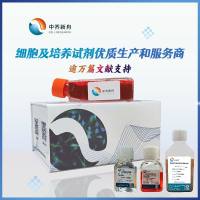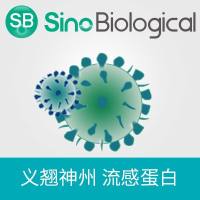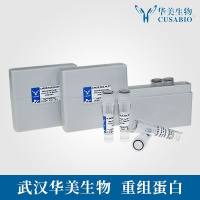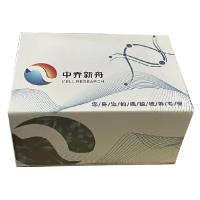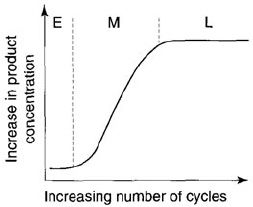Polymerase Chain Reaction (PCR)【University of Texas at Austin】
互联网
This procedure is a "hot start" PCR cycle for use with large primers. PCR mass-produces DNA contained in the source plasmid between the two primer-binding sequences, eventually producing linear DNA starting with Primer 1, continuing with the source sequence, and ending with the complementary sequence to Primer 2.
Materials
- 10 mM dNTP mix [Boehringer Mannheim, cat # 1581 295]
- 10X PCR Buffer w/ 15 mM MgCl2 [Boehringer Mannheim, cat # 1759 167]
- PCR Enzyme: Expand HF PCR System [Boehringer Mannheim, cat # 1732 641]
- 150 µM Primer 1
- 150 µM Primer 2
- Source plasmid
- Mineral oil
- Chloroform: ACS Reagent Grade
- PCR Thermocycler
Procedure
-
Prepare Master Mix 1 in a 500 µL tube on ice:
- 2 µL dNTP solution
- 2 µL dilute Primer 1 (dilute 1:10 in sterile dH2O)
- 2 µL dilute Primer 2 (dilute 1:10 in sterile dH2O)
- 4 µL source plasmid (adjust amount as necessary)
- 40 µL sterile dH2O
-
Prepare Master Mix 2 in a 500 µL tube on ice:
- 10 µL 10X PCR Buffer
- 0.75 µL PCR Enzyme
- 39 µL sterile dH2O
- Immediately before starting the PCR cycle, add MM2 to MM1; to prevent evaporation, place two drops of mineral oil on top of the solution
-
Run the following PCR cycle:
- First cycle: 5 minutes at 95 °C
- Next thirty cycles: 1 minute at 94 °C, 2 minutes at 55°C, 3 minutes at 72 °C
- Hold at 4 °C
- Add 150 µL of Chloroform to the PCR product to remove mineral oil; gently invert to mix
- Transfer the aqueous "bubble" (floating on top) to a fresh 500 µL tube with a gel-loading tip on a 20 µL micropipet
- Store PCR Product at -20 °C
<center> <p> </p> </center>
上一篇:Long PCR Reagents and Guidelines长距离PCR反应溶液和反应条件 下一篇:Disruption by Fusion PCR【Upstate Medical University】


